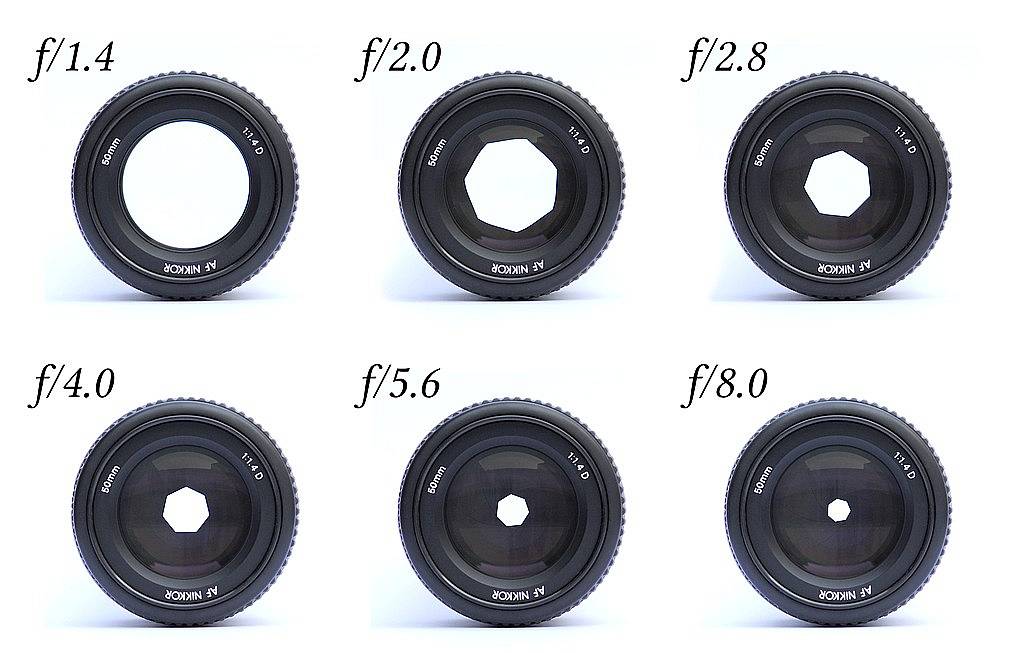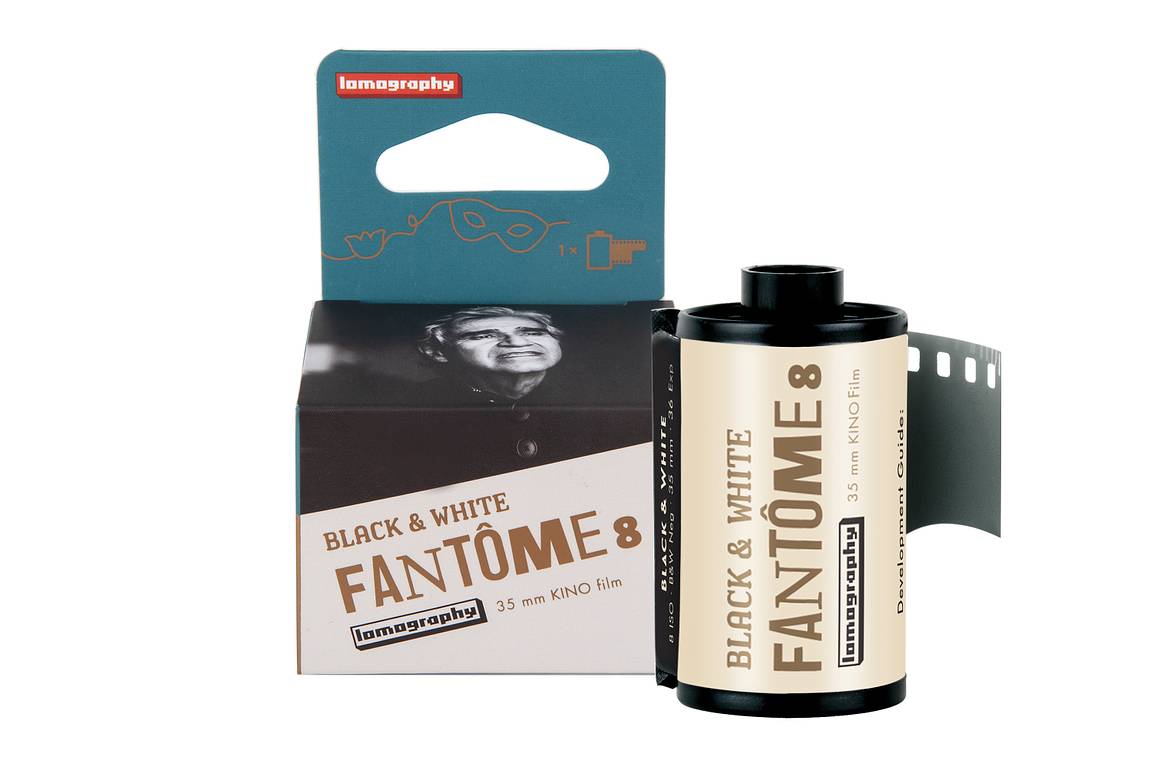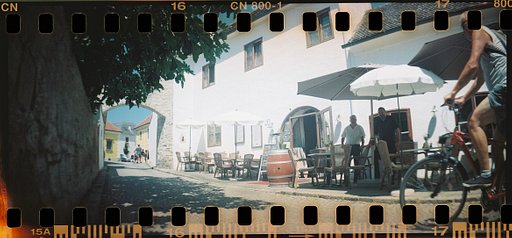Switching to Manual: The Essentials
2 12 Share TweetThere is so much to be said about controlling the main elements of your camera, ISO, aperture, and shutter speed. If you are curious to understand how to switch to manual mode, here is the article for you. For now, we will focus on the basics and explain the key aspects each one has.
Let's start with the ISO
ISO or ASA is the sensitivity of your negatives. This will determine how receptive to light your film is. It can vary from super low such as 1.6 ISO (we carry the Fantôme Kino B&W ISO 8) to as high as 3200 and more. What determines the speed of a film are the silver halide crystals.
The higher the ISO, the larger the silver halide crystals in the film’s emulsion. Since faster films have coarser crystals, the film cannot record as much detail as slower, fine crystal films. Fast films are not as sharp as slower films, they are grainier than slower films.
As a general rule, a low ISO such as 100 is optimal for a bright daylight condition, while for darker scenes such as sunset or night shots, you would need to use a higher ISO (for example 800 or 3200). There are, however, many different factors that can influence your choice of film. Grain, contrast, speed, and the scene you will photograph play a role in your final decision-making. For example, if you are shooting sport, you should prefer using a fast film so that you can keep a shutter speed fast enough to freeze and capture the action.
Aperture
Once we have our film set with the desired ISO, it's time to start thinking about the lens. Some people might find it confusing, especially at the beginning, to remember that the small number means a big aperture and vice versa.

The smaller the aperture hole, the greater is the sharpness of details recorded by your lens. If you keep in mind this simple rule your decision-making will become a lot simpler!
A bigger aperture will give a shallow depth of field. For example, it is commonly used in portraiture as it gives a feeling of focusing on your subject and detaching this subject from the surroundings. Essentially, controlling your aperture will give you greater control on where the eyes of your spectators will go to at first sight!
Shutter Speed
We understand now that all the elements involved are about controlling the light. The last element involved is the shutter speed, or the speed in which the fences between your film and your lens open and close. This will determine if the image and movements recorded onto the film are more or less "frozen".
The camera records our movements, so a slow shutter speed can result in unwanted blurred images if you have shaky hands. Whether or not you are steady enough for the shutter speed you have set, is your own creative choice. Use each tool to your advantage once you've mastered the basics and you will find there is no limit to your creative image-making!
Practice, Practice, Practice
Getting accustomed to using the three main settings of your camera is the first step before getting into experimentation. It could be helpful to think about those three components with the graphics representation of a triangle, where all the elements are in connections.

Be aware that this is not a fixed rule, nor it is always valid in every case. It is here only to get familiar with the principle that governs the tools. There are infinite possibilities to create unique images. Your imagination is the only limit. Let go and develop your signature style, find your own true esthetic.
Explore different techniques and don't be afraid to make mistakes. Always remember to be patient with yourself. Learning is a process and not everyone goes at the same pace. What matters is that you don't give up keep searching for your photography voice.
What was it like the first time you went fully manual with your camera? What scares you the most when using a fully manual setting? Share with us your experiences in the comments below!
written by eparrino on 2022-03-07 #gear #aperture #iso #manual-mode #shutter-speed



































2 Comments